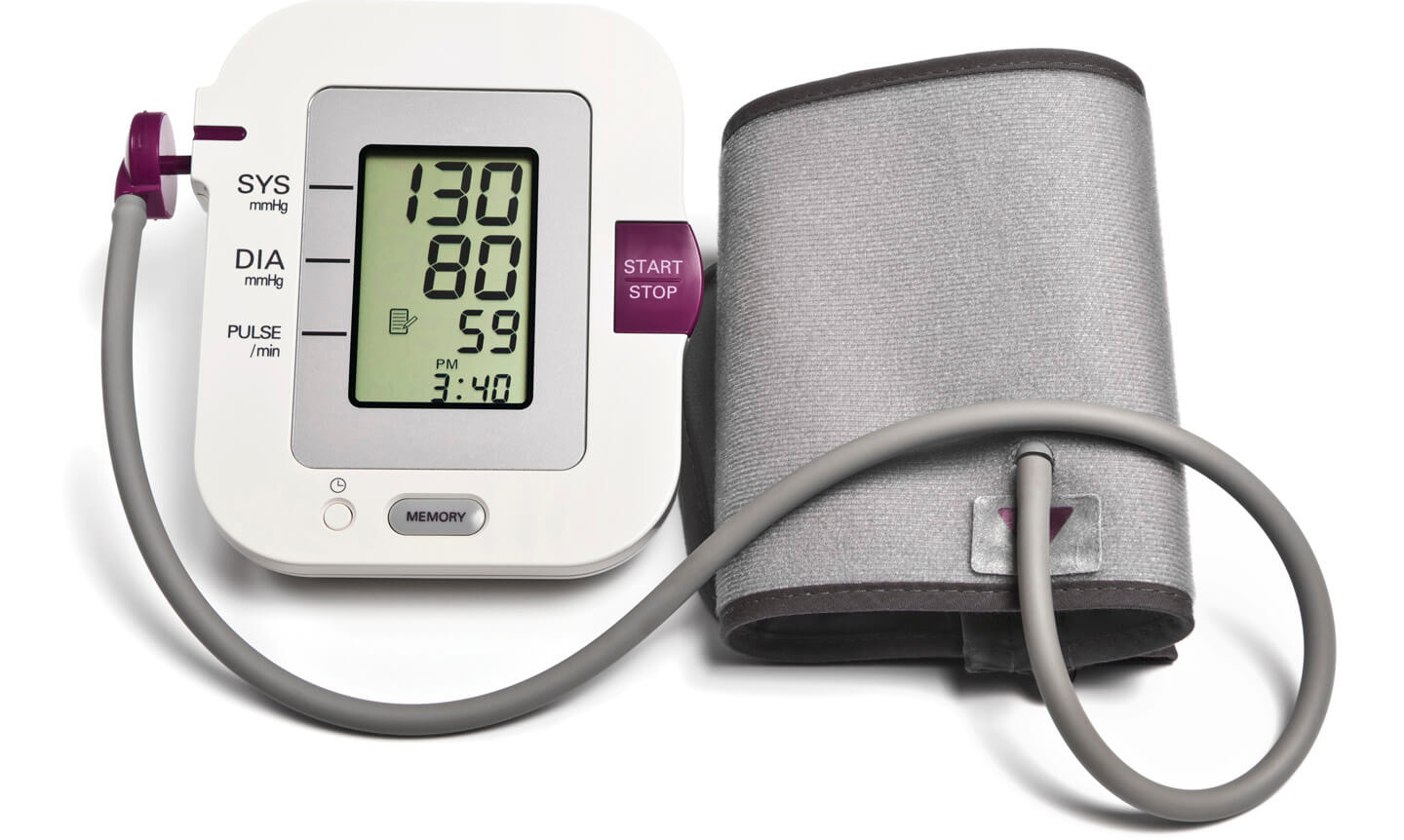
Making sense of your blood pressure reading can be tricky, but we’ve broken it down to help you better understand what the numbers mean.
Understanding your blood pressure reading
A blood pressure reading involves two numbers, one over the other. For example, a reading might be presented as 120/80.
Systolic pressure, the top number, is the pressure on the arteries when the heart beats and pumps blood.
Diastolic pressure, the bottom number, is the pressure on the arteries in between heartbeats.
Although both systolic and diastolic measures are important, research has found that systolic pressure is a strong predictor of heart problems caused by high blood pressure, especially among older adults. Normal blood pressure is less than 120/80.
New blood pressure guidelines
In late 2017, the American Heart Association and the American College of Cardiology announced updated high blood pressure guidelines. The new guidelines are based, in part, on research carried out and funded by the National Heart, Lung, and Blood Institute (NHLBI) at NIH.
- Under the updated AHA/ACC guidelines, if you have systolic blood pressure rates of 130 and higher you are considered to have high blood pressure. The old guidelines set high blood pressure rates at 140 or higher.
- These new guidelines were informed by a number of clinical studies that showed that lifestyle changes can help high-risk individuals reduce their blood pressure—and may ultimately save lives.
- Those changes include heart-healthy diets, weight loss, and exercise as key first steps in reaching a lower blood pressure target.
- One study that helped inform the guidelines was the SPRINT (Systolic Blood Pressure Intervention) trial, which was supported by NHLBI.
- SPRINT studied 9,300 adults, aged 50 and older, at risk for heart disease from around the U.S. It showed that achieving a lower blood pressure goal of 120 mm Hg (instead of 140) reduced the rate of heart events by about 25 percent and the overall risk of death by 27 percent.
Talk to your health care provider
You can measure your blood pressure at home with a monitor and in your health care provider’s office. Some people have higher blood pressure readings at the doctor’s office due to the stress that appointments can create. It’s known as “white coat hypertension.”
Be sure to talk to your health care provider about your blood pressure reading and any follow-up steps you need to take.
